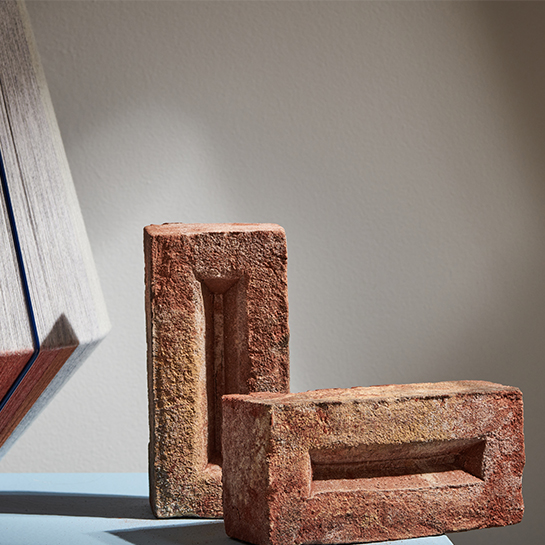Colortrends 2021-2022: The Reward
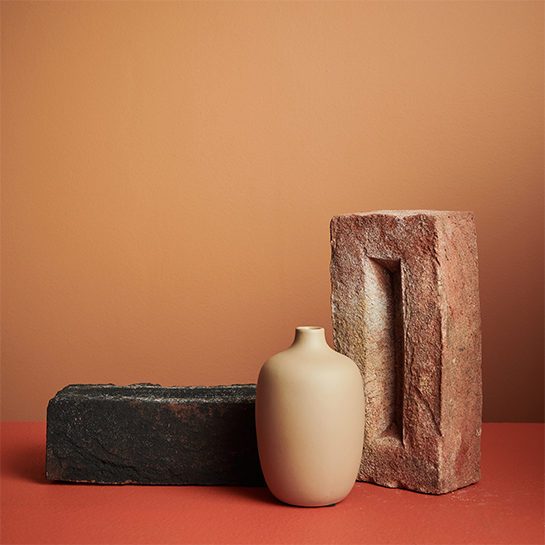
The pandemic put the world on hold for a moment. At the same time, the endless lockdowns gave us an opportunity to look within, to examine ourselves and the choices we make. Once again, the individual’s connectedness to society became clear: individual decisions had a massive impact on the freedom of a whole group of people. After the pandemic, we also want to contribute to a better world through the lifestyle choices we make. We realize that we can’t just keep consuming whatever we want. We want to buy ethically responsible products: produced with a negative carbon emission, in a working environment that’s both fair and safe, with plant-based materials…
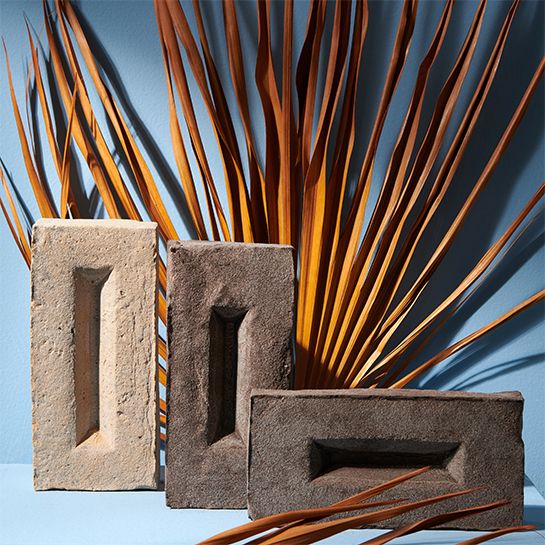
It’s not hip to brag about your travels by plane anymore, today it’s cool to show off how ecological you’re living! Because of that, brands need to be honest and transparent, and not just about their ecological footprint. Other issues such as diversity, gender neutrality, cultural identity and inclusiveness play a big role as well. Brands are rewarded for their efforts concerning these topics, especially when they are sincere. Especially brands that want to appeal to the younger generations have to be aware of this.
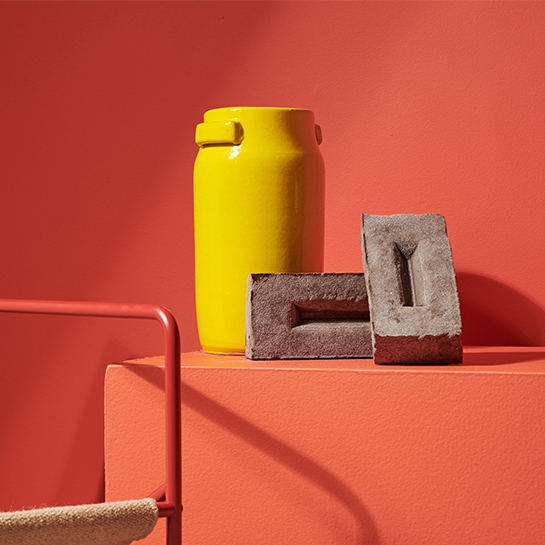
The ethically responsible consumer is hopeful and wants to better the world. Because of that, this is a very optimistic trend with warm shades such as orange, yellow and red. The basic palette comprises colors that reference ecology and recycling. The sand and beige colors return both in the floor and wall coverings and in the rough materials used in furniture and other objects. Blue and gray get a petroleum look.
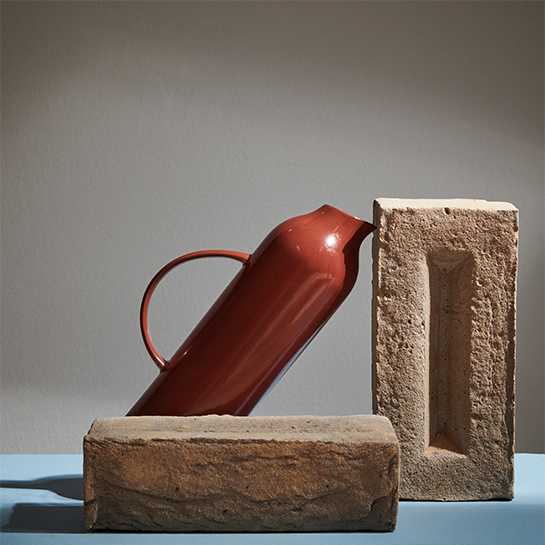
Sustainable (re-)use is crucial in decorating interiors. This makes it so that materials such as the felt from PET bottles and other plastics is preferred. Another example can be found in discarded construction materials that are repurposed and turned into aesthetically pleasing items for your interior. The aesthetic of repairing is visible everywhere because it actively reduces the garbage pile. Even new items may look as if they were already repaired. The whole cannot look too sleek: imperfections may be visible, for instance in the glazing of ceramics and handwoven textiles. Seams and stitches are not hidden, you have to be able to deduce how something was made. Patchwork (one of the best ways of up-cycling) is a big trend right now, and we’re not just talking about the typical pattern. The mix-and-match feeling is evoked in motives, through the arrangement of materials or through the seams in your floor covering.
